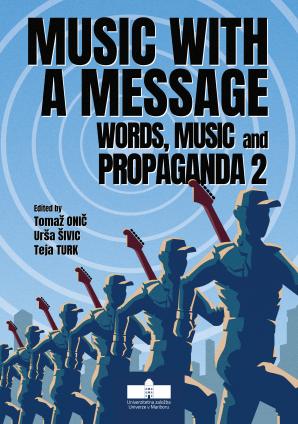Opposing Roles of Female Archetypes in Anti-Church Propaganda in Hozier’s “Take me to Church” and Phillip Pullman’s “His Dark Materials”
Synopsis
Whether something is propaganda or antipropaganda is often debatable. Literature and music are filled with social and literary archetypes which are defined as universal character constructs that we harbour in our collective unconscious, and which can function as both propaganda or anti-propaganda. Examples can be found in the unnamed female lover in Hozier’s popular song “Take Me to Church” and the femme fatale in Philip Pullman’s character Marisa Coulter from his trilogy His Dark Materials, both presenting the archetype of the temptress. Hozier’s heroine is an approximate counterpart to the Roman Catholic Church’s God while Marisa, on the other hand, is a villain who represents the Church in Pullman’s trilogy, attempting to uphold its power and monopoly on knowledge, yet serving as anti-propaganda through her own wickedness and amorality. I will show how these two female characters both embody the archetype of the temptress and display Church anti-propaganda, each in her own distinct way: one representing evil and the other as good standing in opposition to evil.







